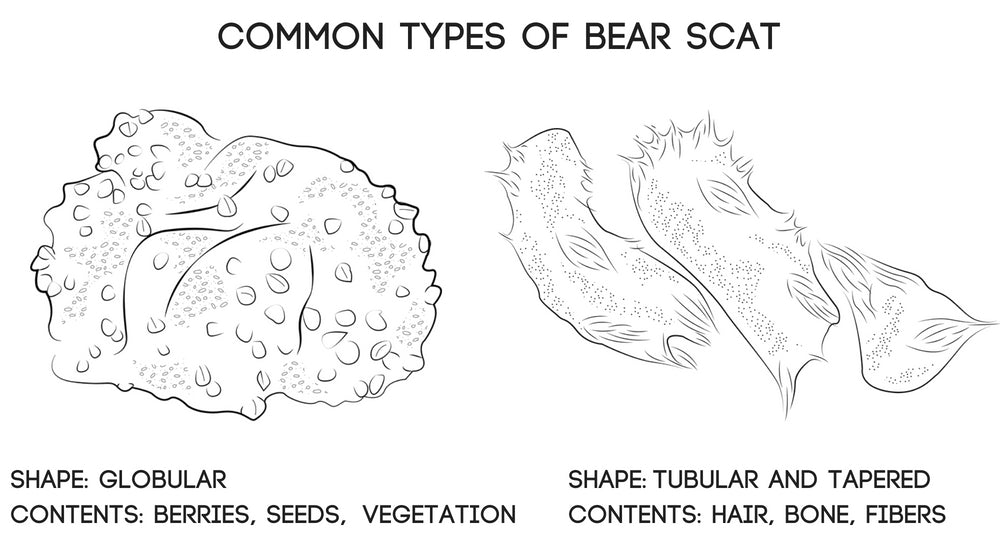
There’s no doubt we’re ready for a lion to make an appearance. Batteries are juiced and SD cards are formatted and working. This means that all formatting and operations functions were carefully checked on each camera to make sure that settings are correct, including date and time, operation mode and other image data. And we were able to replace the misfiring one with a working camera.

Our current goal has been to get two more cameras out but with the late fire season, we haven’t been able to mow one remote area that could be a promising lion hot spot and we just pulled in a broken camera which means we’re down one! With a mountain lion possibly on the move we just completed a thorough camera audit of the 11 cameras we have deployed. Coyote scat can be large, 5 to 13 inches long, but it might appear as more twisty and squishy and undigested hair from prey and vegetable matter can be easily visible. Mountain lion scat can be from 6½ to 17 inches long and ¾ to just over 1½ inches in diameter.(1) And the clearly defined segmentation and hard, compact composition could indicate possibly feline scat in both photos. Mountain lions have no problem feeding from a carcass, whether they killed it or not. Seeing a dead animal carcass, especially a fresh one. Big difference! Bobcat scat can be anywhere from 3 to 9 inches long and 1 inch or less in diameter. Seeing deer, sheep, or other bigger animals that would be mountain lion prey. As it is, you can see that the bobcat scat is about 7 inches long and the lion scat is about 11 inches long. We can’t overstate the value of always carrying a ruler because without scale reference, these images would be much harder to interpret. In other news our team found a very large scat today on the Preserve near one of our cameras to the north! Just below are an image of bobcat scat found today for comparison along with the large scat that was found by one of our crew members. They’d have to land to finish the kill and then probably carry the carcass off to eat in a safe place, explaining why we don’t find any body parts. When a predator bird slams into a prey bird in flight, it knocks out a bunch of feathers, creating the ring of feathers seen on the ground. Looking at the consistent display of feather rings, it’s possible most of these kills are being made by a great horned owl or some other large raptor.

While terrestrial predators like bobcats do prey on barn owls, it’s unlikely that this is the work of a mountain lion.


 0 kommentar(er)
0 kommentar(er)
